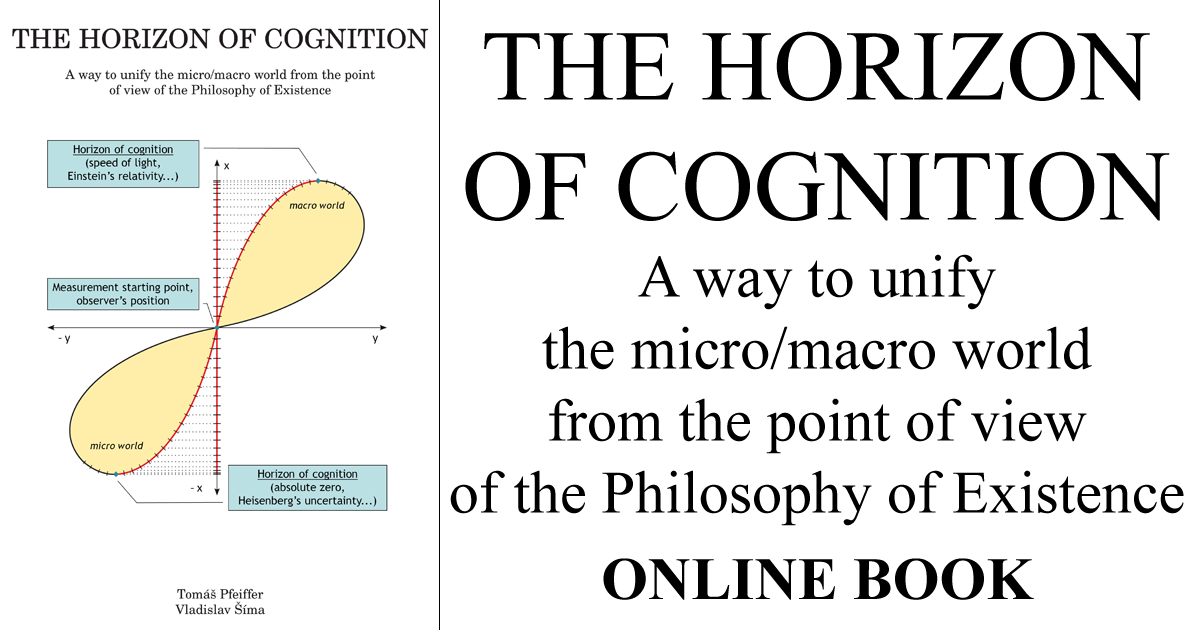Chapter 2
The Philosophy of Existence
2.3 Quantisation of spacetime
2.3.5 Interval
What is an interval? The term interval is usually used in relation to any kind of observed quantity or law (matter, psychic, or force-energy) in an attempt to quantify it. The term interval refers to the difference or variation in value of the quantity or law’s various values between two observed positions, poles, points, states or values.
An interval can be regarded from two perspectives – either as the distance between the observer and the observed object, or as a property (e.g. dimension) of the object that changes (fractally) as the distance between the object and observer changes. Since both perspectives depend on the position of the observer, literally everything we observe is an interval.
It is imperative to note that each and every interval is always relative to the observer. This is a well-known fact regarding moving bodies and can be expressed mathematically, in accordance with the special theory of relativity, to measure their length, time, mass and energy. Even here, an interval is not regarded as a fact, but as a fictive tool used to understand and describe the observed state. Yet in a state of rest, an interval is considered to be an objectively given fact independent of the observer.
However, this is not actually so – in a fractal world, the term interval is always related to the position of the observer. Any interval is merely the manifestation and consequence of an observation, and its size depends on the distance to the observer alone. This fact becomes more evident when attempting to quantify objects that are far away from us in the macro and micro world (similar to the special theory of relativity).
And so, intervals close to the observer are perceived to be expressed clearly and well-defined in space and time, while any interval at the horizon of cognition is burdened with error that grows to infinity. An interval (object) on the horizon of cognition is therefore perceived as uncertain, spread across every possible position at once and we are not able to distinguish between the possible positions.
Based on the previous sections about time, space and motion, we can state that everything oscillates, including our perception of any spacetime interval.
The oscillating character of spacetime thus manifests itself in such a way that the continuity of space and time disappears – and we perceive its quantum wavelike character (in the micro world towards multiplicity, in the macro world towards the perception of a single quantum). This directly leads to a possible explanation of the double-slit effect (as we shall see in the coming sections).
Read more >>

